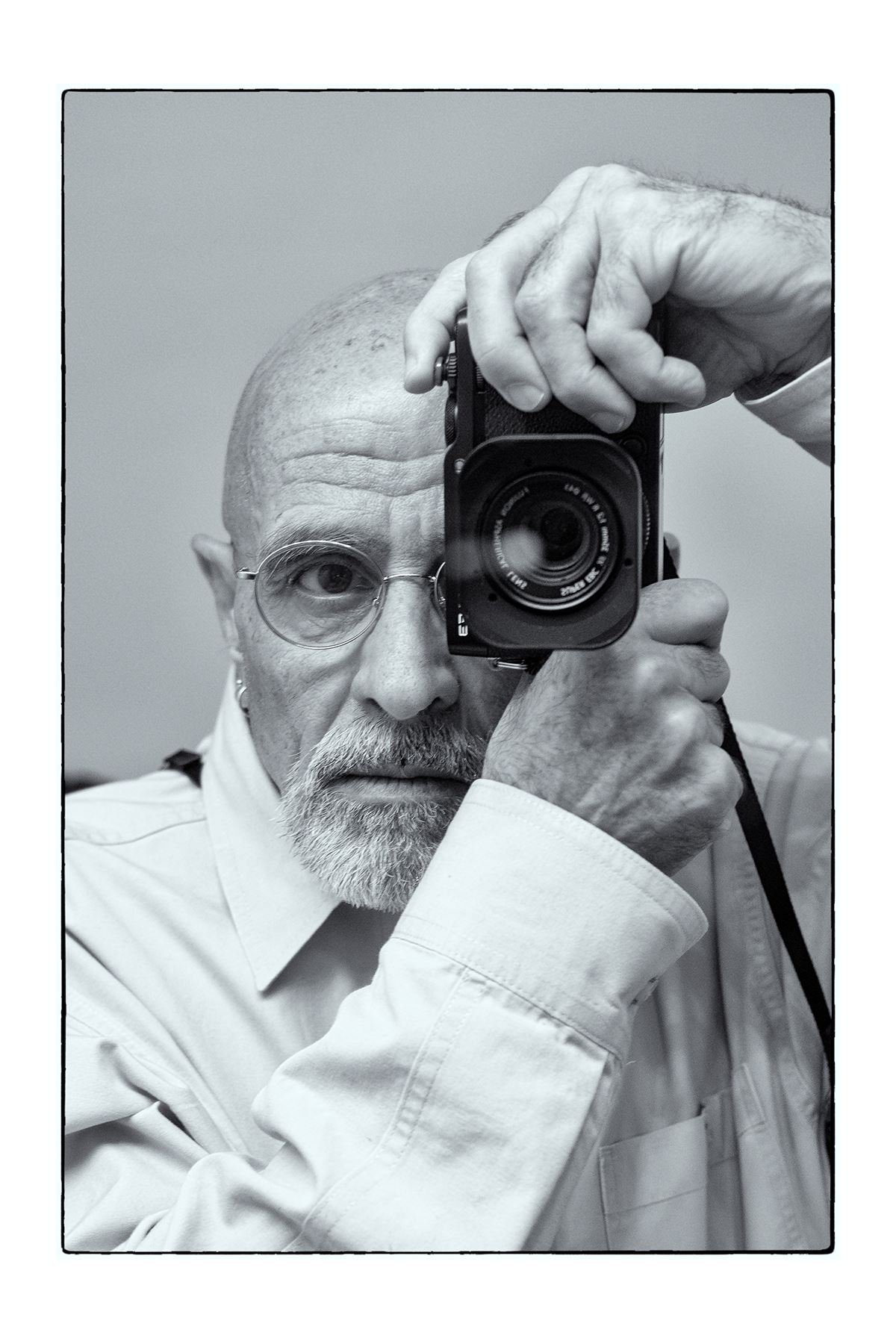
LAURENCE PACILIO
-
Laurence Pacilio has been a working professional photographer for nearly fifty years. His career began as a journalist and documentary photographer. In this capacity he is published nationally and internationally. Additionally, he has exhibited widely in both one man and group exhibitions over the course of these past five decades.
In the mid-1980's, Pacilio switched gears hoping to find a more settled life. He moved from New York to Arizona photographing commercial and residential architecture, as well as editorial, and industrial projects for a long list of architects, interior designers, developers, contractors, realtors, manufacturers, and corporations throughout the West, Southwest, and Pacific Northwest. His work has been published in periodicals such as Architecture, Progressive Architecture, Better Homes & Gardens, Metropolitan Home, Adirondack Life, Phoenix Homes & Gardens, Newsweek, Paris Match, The New York Times, The Guardian, Arizona Highways, Fine Homebuilding, and Historic Preservation.
In the 2000's, Pacilio returned to Utica. He was employed by Utica College as Director of Publications & Photography, retiring from that position at the end of 2016. He taught at the College serving as Adjunct Professor of Journalism for fifteen years. Pacilio continued to pursue personal projects for exhibition, work that was exhibited as one man shows at the Munson-Williams-Proctor Museum of Art, the Schenectady Museum, the Barrett Gallery at Utica College, the Kirkland Art Center, the Earlville Opera House, and the Balch Institute. Additionally, his work is included in numerous public and private collections.
-
"My journey through photography began as a boy when I purchased a “sun camera” at a local hobby shop. It was a playing card sized box with a folding glass cover. The back and sides were printed in a deep green grainy leather pattern. Under the folding glass cover it was printed with a lens attached to maroon bellows.
The box held a few sheets of printing out paper, photographic paper that required no chemistry, but rather, when exposed to sunlight, turned shades of dark gray to black except in those areas where the paper had been covered with whatever you chose to place over it. Perhaps it was a coin, some grass clippings, a leaf, or gauze. Those areas created pale grays to whites based on the opacity of the objects.
These images are formally referred to as photograms and several photographers have produced such images over the course of a career, Man Ray perhaps foremost among them. At any rate, to the 10-year-old me it all seemed like so much magic.
The magic persists.
By the time my freshman year of high school had passed I was convinced I was some sort of artist though completely confused as to what my art was to be. I was deeply immersed in Beat literature, first among several other left-leaning intellectual interests. My reading list began with Kerouac then grew to include Ginsburg, DiPrima, Burroughs, Corso, Ferlinghetti, and Snyder. This led me to a fellow traveler of this group of writers, the Swiss born photographer Robert Frank. In his seminal documentary work, The Americans, Frank looked behind the veneer of the near blind optimism of mid-fifties America and delivered a more unvarnished view of lives led in harsher circumstances than were typically depicted in the wide circulation news magazines of the day. The images themselves were technically rougher, though seen with a well-developed sense of moment and an acute visual elegance.
I was also becoming politically aware and freshly exposed to the work of other photographers whose work was communicative not only as art, but also as documentary journalism; photographers like Eugène Atget, Walker Evens, Lee Friedlander, Garry Winogrand, and Bruce Davidson, but most especially Henri Cartier-Bresson and his aesthetic of the decisive moment. He wrote, “To me photography is the simultaneous recognition, in a fraction of a second, of the significance of an event as well as of a rigorous organization of forms as they are perceived visually.” This thought mirrored the zen musings in the work of Gary Snyder and Jack Kerouac. Wide windows on a new landscape began to open and reveal theological and philosophical paths far afield from the Roman Catholicism of my childhood.
In any given moment there are uncountable simultaneous events and it has been my great good fortune to stumble upon a few here and there. I’ve found that the way in which time plays out in various places differs. I think we all recognize this if we think for a moment. We hear clichés like New Yorkers are in such a hurry, in Mexico it’s always mañana. But it’s never a steady pulse. There’s an ebb and flow to the way time passes through a location. If you pay attention you can begin to find pathways and move within them in an effort (close to thoughtless and more by intuition) to locate yourself within the scene to points where windows exist and are open wide. You mark your time in this state of grace with a click of the shutter and move on to whatever happens next.
As to whether this constant creative act, pictures coming together and falling apart in fractions of a second, is the result of chaos or design, I don’t know. I leave that to theologians, philosophers, and cosmologists. I am a photographer."
-
www.lppaciliophotography.com
A series of photographs taken throughout East Utica 1973 - 1974
